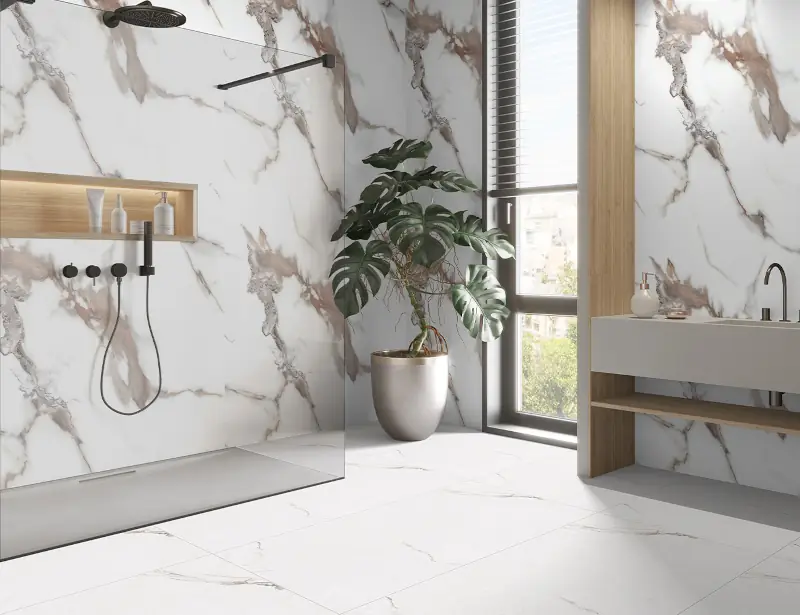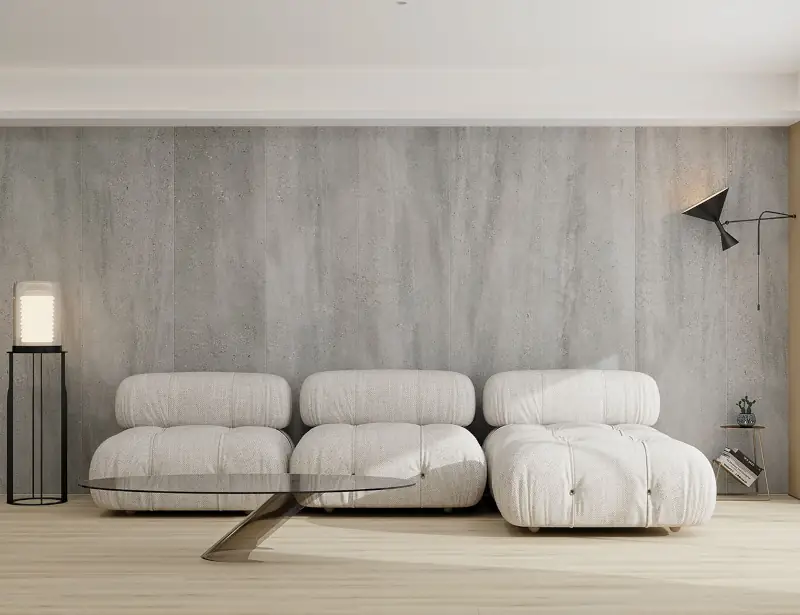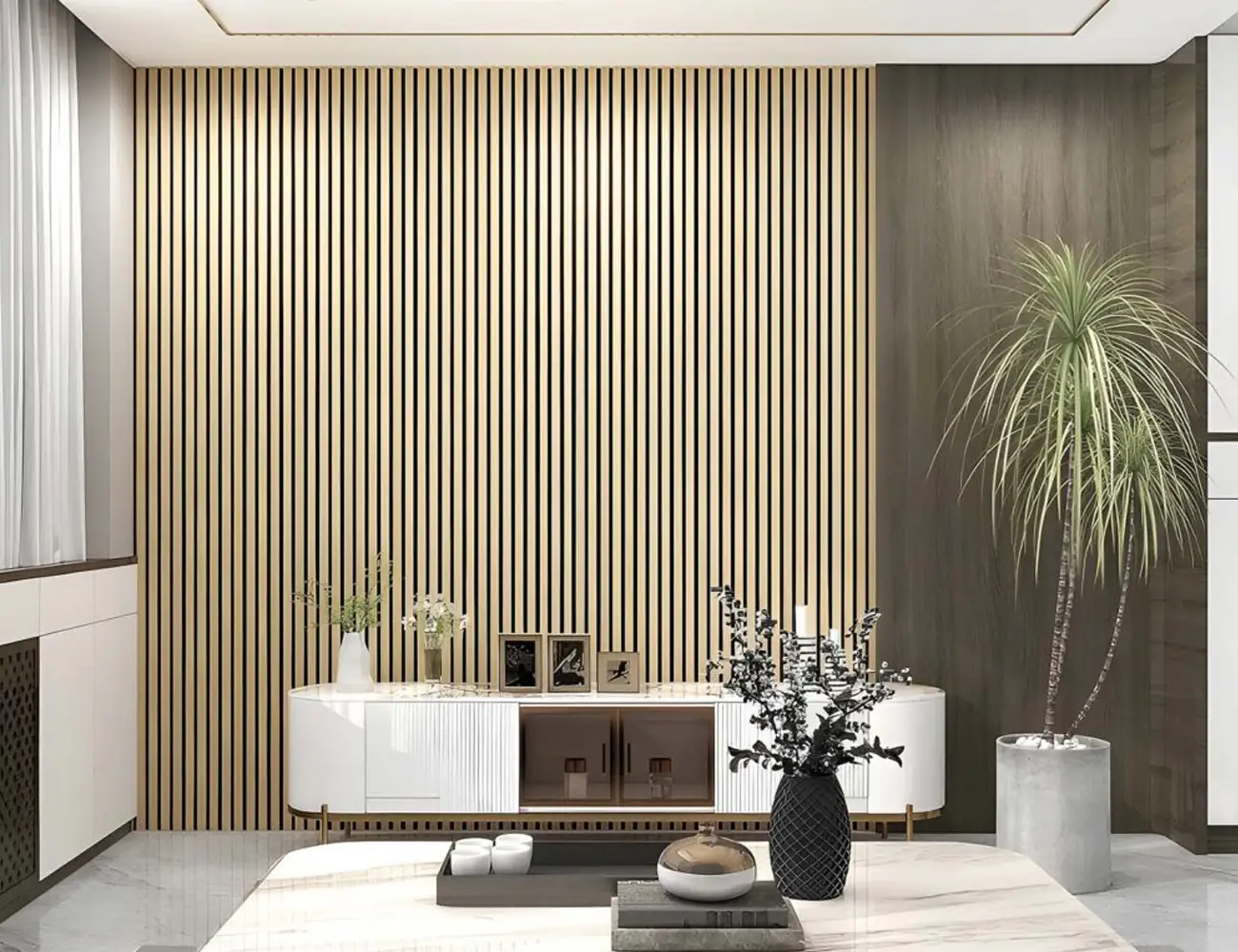Tips for landlords
How to Fix a Bathroom Leak
There can be little that is more frustrating in life than finding you have a leak somewhere in your bathroom. Any leak should be found and fixed as soon as possible. If there is a delay, the leak could cause significant damage to your bathroom. This would make the solution far harder – and likely more expensive – to fix.
While some leaks are caused by damaged pipework or loose connections, not all of them are. Sometimes, poor installation of tiling or panelling can cause water to get in between them. When this occurs, the water can cause mould or mildew to develop over time.
Can you tell when you have a bathroom leak?
Not always, no. If the water trickles into a space that should not be there, it may not be spotted for some time. You might end up noticing an odd smell in your bathroom before the leak itself is discovered.

If you get that smell of mould, dampness, or mildew, be sure to seek out the cause.
Surely sealant is ideal for filling gaps between panels?
Some people do use sealant to provide a watertight seal between wall panels and shower trays or a bath. However, sealant doesn’t last forever. While a bathroom-friendly sealant is often treated to provide anti-mould properties, the treatment doesn’t last forever either. Eventually, you’ll need to dig it out and replace it. In the meantime, that sealant could fail and allow a bathroom leak to occur. Then you’re back to square one as described above.
How to fix a leak around your bath or shower tray
If you have wall panels installed, consider using a Cladseal trim to solve the problem. Alternatively, if you currently have leaks around your bath or shower and you’re going to redecorate the bathroom, take the opportunity to use a Cladseal trim to make sure leaks don’t happen when your new bathroom is installed.
The trim is affixed to the wall first, fitting snugly against the bath or shower tray. This will prevent any leakage of water going behind the bath or tray and causing problems there. The panels are then securely fixed in place, using the tongue and groove design to ensure each panel fits to the one next to it.
How exactly does a Cladseal Strip work?
Cladseal combines a rigid pvc strip with Sealux-N silicone. Each strip has a green tape (green dotted line) applied to the inside face. This is a silicone bond breaker that prevents the silicone bonding to this part of the strip.
The silicone only bonds to the upper part of the strip at x and the ledge at y (see Fig. 1 above).
To accommodate joint movement the silicone releases off the green tape and stretches like an elastic band to create a flexible bridge between the strip at x and the ledge at y.
This “bond-breaker” tape creates great flexibility in the silicone, the “shielding” effect of the strip over the silicone ensures prolonged durability.
What are the advantages of using sealing strips instead of sealant?
Once fitted (assuming they are fitted correctly), the strips prevent any water getting into places it shouldn’t. You’ll never need to worry about them failing, as they are made from PVC, so they cannot rot or develop other issues. The holes provided in the Cladseal trims also allow for easy installation, as you can just screw them to the wall in minutes. Providing they are correctly positioned (which is easy to do), there won’t be any problems.
Fixing this kind of bathroom leak is arguably easier than looking for leaks causing by dodgy pipework. The good news is you can make sure there is no gap between your bath or shower tray and the panels on your bathroom walls. That also removes any worry you might have over future leaks.























